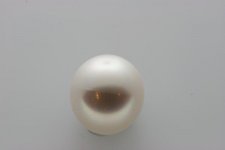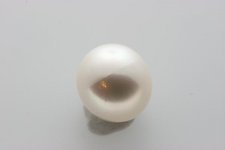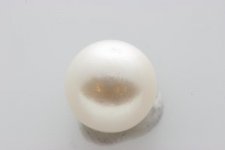DerekJ
New Member
I just had a question about a type of blemish found on the tahitian and south sea pearls and I was hoping the experts would weigh in. Unfortunately I dont have a photo. The blemish looks almost like file/polish mark. I've seen it on all types of South Sea/Tahitian pearls, sometimes its a small area, some times its half the pearl. When theres a lot and its very fine it makes the surface almost look smoky. I was told its a natural blemish that only happens on south sea and tahitian pearls, but I'm just suspicious of it because if I file a pearl and polish it, it looks pretty close.



